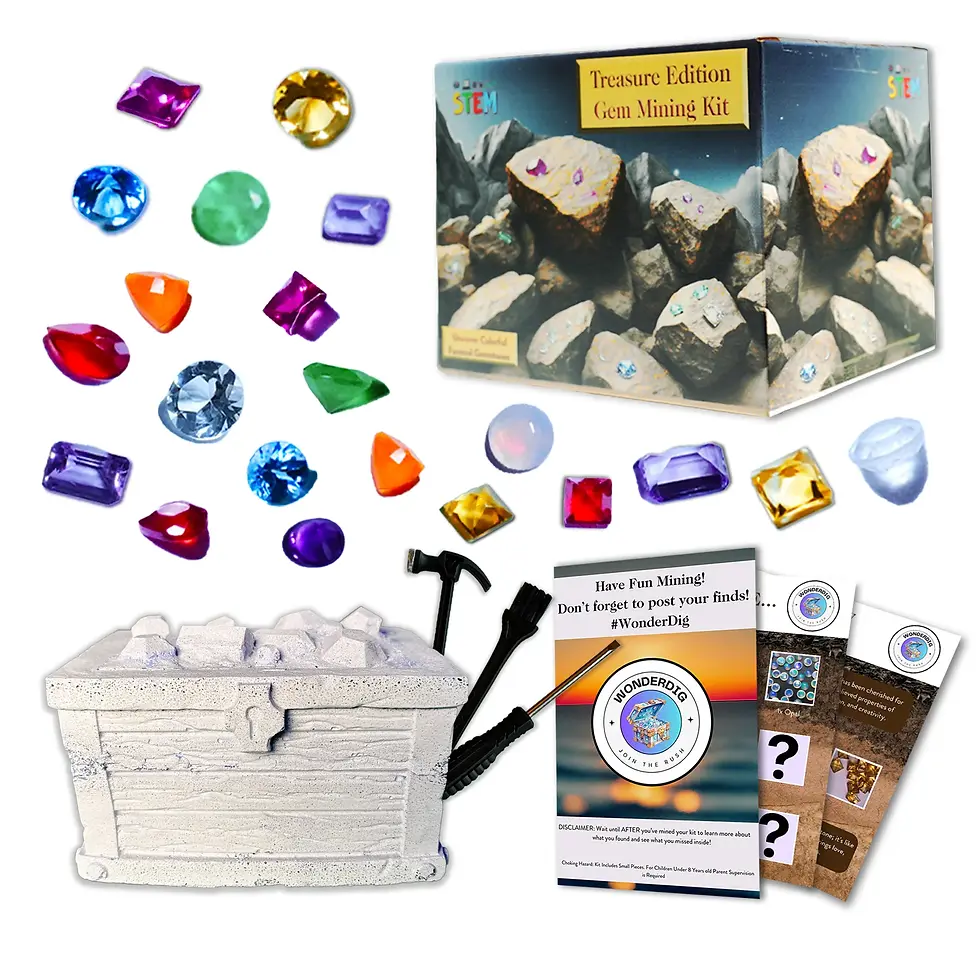Stony Meteorites: A Guide to Understanding and Collecting These Cosmic Relics
Stony meteorites, often referred to as cosmic time capsules, offer a fascinating glimpse into the early solar system. These ancient space rocks, composed primarily of silicate minerals, are the most common type of meteorites found on Earth. From their formation billions of years ago to their significance in modern science, stony meteorites continue to captivate both scientists and collectors. This guide explores the different types of stony meteorites, their significance, and practical tips for identifying and collecting these celestial treasures.

Overview of Stony Meteorites:
Stony meteorites are remnants of the early solar system, formed over 4.5 billion years ago. They are divided into two main categories: chondrites and achondrites. Chondrites are the most common type, containing small, round particles called chondrules, which are believed to be among the oldest materials in the solar system. Achondrites, on the other hand, lack chondrules and are formed from differentiated planetary bodies, including the Moon and Mars.
Types of Stony Meteorites:
There are two primary types of stony meteorites, each with its own unique characteristics:
Chondrites: Chondrites are the building blocks of the solar system, composed of chondrules that formed in the early solar nebula. These meteorites are further classified into different groups based on their composition, such as ordinary chondrites, carbonaceous chondrites, and enstatite chondrites. Each group offers valuable insights into the conditions that existed during the formation of the solar system.
Achondrites: Unlike chondrites, achondrites lack chondrules and are formed from differentiated bodies that have undergone processes such as melting and crystallization. These meteorites often originate from the Moon, Mars, and large asteroids. Examples include Martian meteorites, lunar meteorites, and HED meteorites (Howardite, Eucrite, and Diogenite).
Significance of Stony Meteorites:
Stony meteorites play a crucial role in our understanding of the early solar system and planetary formation:
Scientific Value: Stony meteorites provide valuable information about the processes that shaped the early solar system. By studying their composition, scientists can gain insights into the conditions that existed during the formation of planets and other celestial bodies.
Collecting Value: For collectors, stony meteorites represent a tangible connection to the cosmos. Some meteorites, especially those from the Moon or Mars, are incredibly rare and valuable. Collectors often seek out specimens with unique features, such as fusion crust, regmaglypts, and oriented shapes.

How to Identify and Collect Stony Meteorites:
Identifying and collecting stony meteorites requires knowledge and attention to detail:
Identification: Stony meteorites can be identified by their fusion crust (a thin, dark layer formed as the meteorite burns through the atmosphere), magnetic properties, and density. Many stony meteorites also contain metal flakes or veins, which can be seen on cut or polished surfaces. Testing with a magnet and careful observation of the rock’s appearance are key steps in identification.
Collecting: When collecting meteorites, it’s important to follow legal guidelines, as meteorites found on private land may belong to the landowner. Proper tools for collecting include gloves, a magnet, a metal detector, and containers for storing the specimens. It’s also essential to document the location and circumstances of the find, as this information adds to the scientific value of the meteorite.
Caring for and Preserving Stony Meteorites:
Stony meteorites require proper care to prevent deterioration:
Cleaning: Avoid using water or harsh chemicals to clean meteorites, as they can damage the surface. A soft brush or cloth is usually sufficient for removing dust and dirt.
Storage: Store meteorites in a dry environment, away from direct sunlight and humidity, to prevent rusting and other forms of degradation. For long-term preservation, consider using desiccants or climate-controlled storage.
Handling: Handle meteorites with care, using gloves to prevent oils from your skin from damaging the surface. Avoid dropping or scratching the meteorite, as this can reduce its value.

Stony meteorites are more than just rocks; they are ancient relics from the early solar system, offering valuable insights into the formation of planets and other celestial bodies. Whether you’re a scientist, collector, or enthusiast, understanding the different types of stony meteorites and how to identify, collect, and care for them can deepen your appreciation for these cosmic treasures. By following the tips and guidelines in this guide, you’ll be well-equipped to embark on your own meteorite-hunting adventure and add a piece of the cosmos to your collection.

















Comentarios